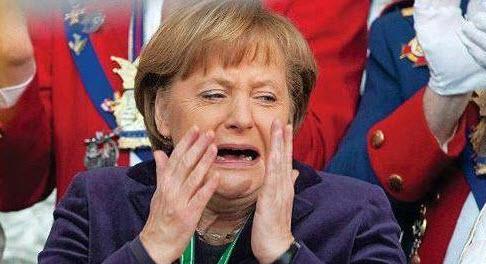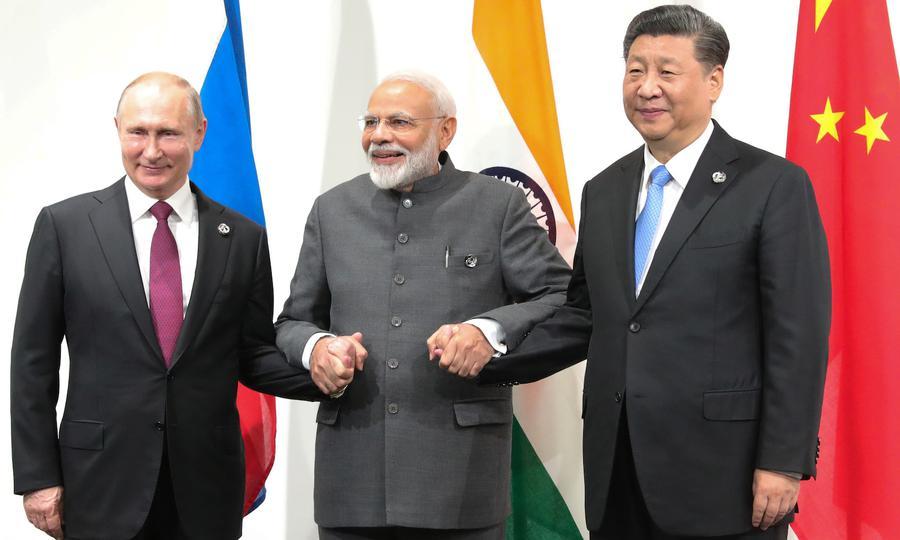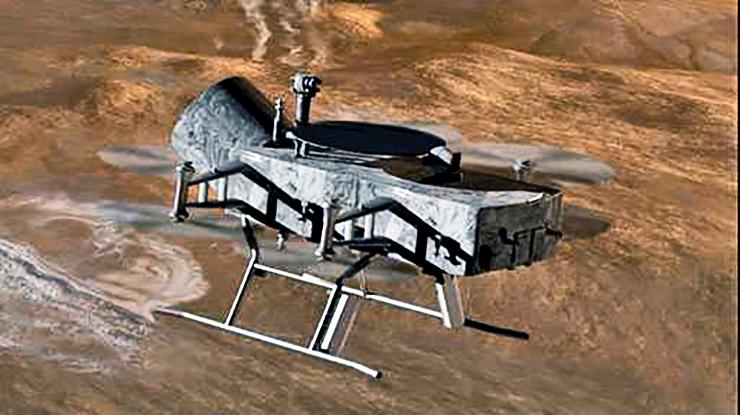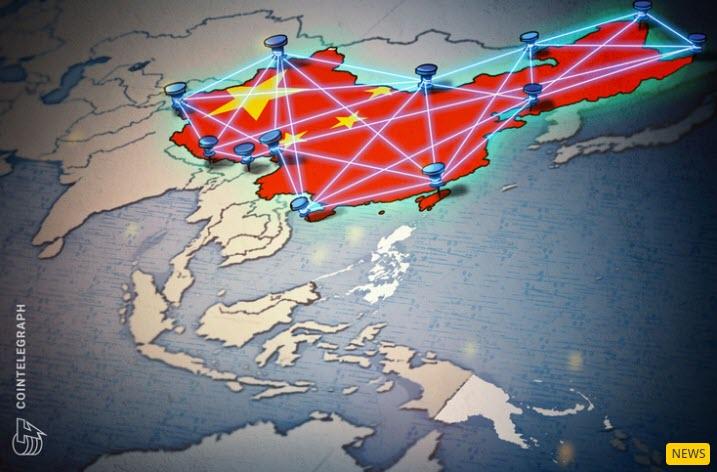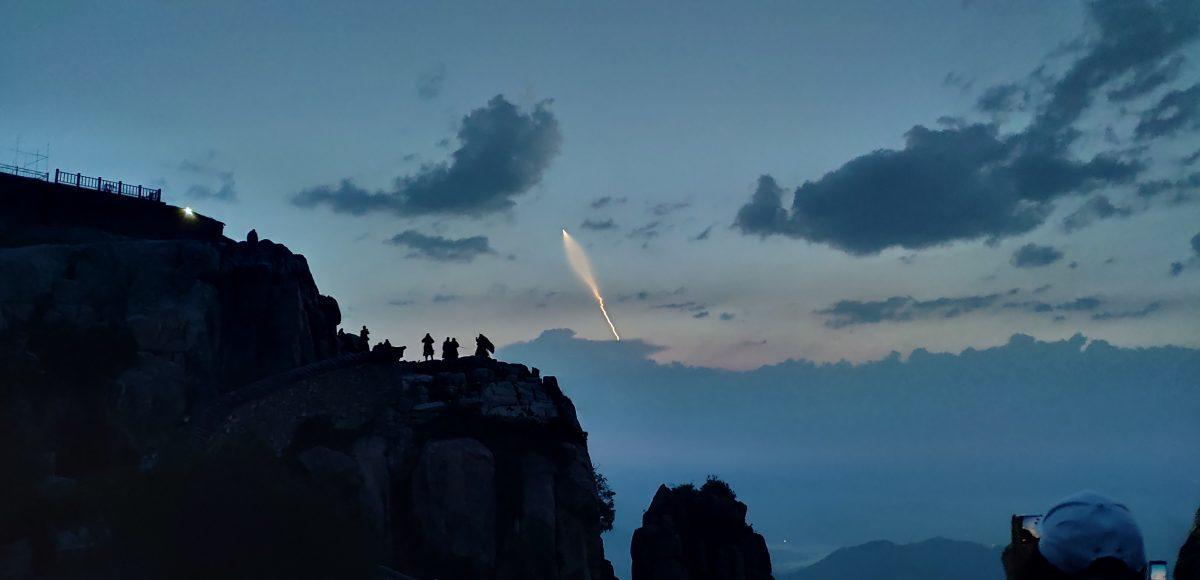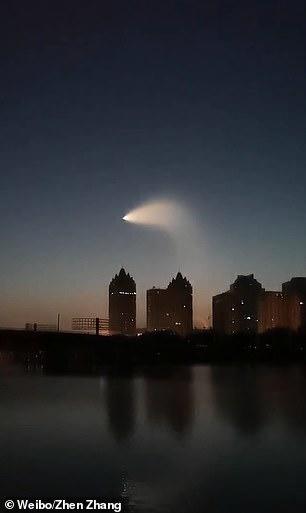Authored by Soeren Kern via The Gatestone Institute,
-
Swedish Television surveyed officials in the five Swedish municipalities — Gothenburg, Stockholm, Örebro, Malmö and Borås — that are home to most of the 150 IS returnees and found that those municipalities combined only have knowledge of the whereabouts of a maximum of 16 adults and 10 children.
-
“The United States is asking Britain, France, Germany and other European allies to take back over 800 ISIS fighters that we captured in Syria and put them on trial… The alternative is not a good one in that we will be forced to release them…” — U.S. President Donald Trump, Twitter, February 16, 2019.
-
The Wall Street Journal, in a recent editorial, “The West’s Foreign Fighter Problem,” noted that European governments face a “Catch-22” situation: either repatriate and prosecute their jihadis, or risk that they disappear off the radar and carry out new attacks in Europe.
The German government has lost track of scores of Germans who travelled to Iraq and Syria in recent years to join the Islamic State (IS). The revelation comes amid growing fears that some of these fighters are returning to Germany undetected by authorities.
The German Interior Ministry, in response to a question from the Secretary General of the classical liberal Free Democratic Party (FDP), Linda Teuteberg, revealed that German authorities lack information on the whereabouts of at least 160 Germans who left to fight with the IS, according to Welt am Sonntag. The ministry said that while some had probably been killed in combat, others have gone into hiding and may be trying to resettle in Germany.
“In view of the very fragmented protection of the EU’s external borders, it is particularly worrying that the federal government appears to have taken no further measures to prevent the uncontrolled re-entry of underground IS fighters,” Teuteberg told Welt am Sonntag.
She added that the government “still has no concept” for dealing with former IS fighters from Germany, including “Germans detained in the war zone as well as the more than 200 former IS supporters who are now back in Germany.”
Teuteberg said that the Interior Ministry should come up with a plan for how to deal with IS returnees and how to hold them accountable, by, for example, strengthening the legal capacity to investigate and prosecute war crimes abroad.
Of the estimated 1,050 Germans who travelled to Iraq and Syria to fight in recent years, approximately one-third (350) have returned to Germany. Another 220 are believed to have been killed on the battlefield. According to government sources cited by the German television program Tagesschau, approximately 120 are being detained in Iraq and Syria. In addition, at least 138 children of German IS fighters are being held Iraq and Syria. The whereabouts of the others are unknown.
The German government downplayed Teuteberg’s concerns that IS fighters can return to Germany unnoticed:
“Given the different measures (including most-wanted lists or entry barriers) that make uncontrolled re-entry significantly more difficult, it is also assumed in the future that entry without the knowledge of the German security authorities should remain the exception.”
It is known, however, that IS fighters have entered Europe — including Germany — undetected by posing as migrants: a majority of the terrorists who carried out the November 2015 Paris attacks, in which 130 people were killed and 360 injured, entered Europe by posing as migrants, according to counter-terrorism investigators. Most of the attackers were well-known to police and at least nine were on terrorist watch lists. Once they passed through the EU’s porous borders in southern Europe, they were able to travel throughout the rest of Europe undetected.
Missing IS fighters are a Europe-wide problem. A July 2018 study by the International Center for the Study of Radicalization (ICSR) at King’s College London estimated that more than 5,900 people — 3,379 men, 1,023 women, 1,502 minors — from Western Europe joined the Islamic State. Another 7,250 people from Eastern Europe joined the group.
According to ICSR estimates, around 1,765 IS fighters have returned to Western Europe, and 784 have returned to Eastern Europe. At least 800 IS fighters are being held at Kurdish detention camps in northern Syria. Around 700 of the fighters’ wives and 1,500 of their children are also in camps, according to Reuters. It remains unclear how many of the unaccounted IS fighters have been killed on the battlefield, and how many have gone into hiding.
In Austria, for instance, of the 250 IS fighters, 93 have returned. In Belgium, of the 500 IS fighters, 123 have returned. In Britain, of the 850 IS fighters, 425 have returned. In Denmark, of the 145 IS fighters, 72 have returned. In France, of the 1,900 IS fighters, 400 have returned. In Italy, of the 129 IS fighters, 11 have returned. In the Netherlands, of the 300 IS fighters, 60 have returned. In Spain, of the 210 IS fighters, 30 have returned.
In Sweden, of the estimated 300 people who left the country to join the Islamic State, approximately 150 have returned, according to the Swedish Security Service (Säpo). Around 100 Swedish fighters are believed to have died on the battlefield; the government does not have information on the whereabouts of the others.
Between 35 and 40 Swedish IS fighters have returned to Stockholm, but the municipality has not made contact with a single returnee, and may not even know where any of them live, according to an exposé by Swedish Television (SVT), the national public television broadcaster.
SVT surveyed officials in the five Swedish municipalities — Gothenburg, Stockholm, Örebro, Malmö and Borås — that are home to most of the 150 IS returnees, and found that those municipalities combined only have knowledge of the whereabouts of a maximum of 16 adults and 10 children.
The apparent apathy has been attributed to Sweden’s lack of legislation.
“We are almost the only country in the EU that lacks legislation against participation and cooperation with terrorist organizations,” said Magnus Ranstorp, a counter-terrorism expert at the Swedish Defense University in Stockholm.
“We are of course vulnerable,” he added. “Those who are dangerous and out on our streets can recruit more, and they can even plan terrorist acts.”
Meanwhile, hundreds of foreign jihadi fighters who are being held in Syria represent a “time bomb” and could escape and threaten the West unless countries do more to take them back, according to the Kurdish-led, U.S.-backed authorities holding them.
“It seems most of the countries have decided that they’re done with them, let’s leave them here, but this is a very big mistake,” said Abdulkarim Omar of the Syrian Democratic Forces.
“Their home countries must do more to prosecute foreign fighters and rehabilitate their families, or else this will be a danger and a time bomb.”
In February 2019, U.S. President Donald Trump called on European countries to repatriate and prosecute their foreign fighters:
“The United States is asking Britain, France, Germany and other European allies to take back over 800 ISIS fighters that we captured in Syria and put them on trial. The Caliphate is ready to fall. The alternative is not a good one in that we will be forced to release them…
“The U.S. does not want to watch as these ISIS fighters permeate Europe, which is where they are expected to go. We do so much, and spend so much. Time for others to step up and do the job that they are so capable of doing. We are pulling back after 100% Caliphate victory!”
In April, Trump tweeted:
“We have 1,800 ISIS Prisoners taken hostage in our final battles to destroy 100% of the Caliphate in Syria. Decisions are now being made as to what to do with these dangerous prisoners…. European countries are not helping at all, even though this was very much done for their benefit. They are refusing to take back prisoners from their specific countries. Not good!”
On June 24, the UN High Commissioner for Human Rights, Michelle Bachelet, called for all foreign fighters who are being detained in Syria and Iraq to be repatriated, investigated and prosecuted, or released. “The continuing detention of individuals not suspected of crimes, in the absence of lawful basis and regular independent judicial review, is not acceptable,” she said.
Europe’s reluctance to take back their IS fighters is based on a mix of legal, financial and political factors. Some countries have begun repatriating the children of IS jihadis on a case-by-case basis but taking back foreign fighters and their families is deeply unpopular and carries political risk.
In France, for instance, Prime Minister Édouard Philippe recently said that he preferred that French jihadis were repatriated rather than them risk evading justice. They should be “tried, convicted and punished in France rather than disappearing in the wild to plan other actions, including against our country,” he said in a January 30 interview with France Inter. His comments sparked an immediate backlash. Valérie Boyer of the center-right party Les Républicains toldparliament that the government must “prevent the return of jihadists who betrayed France and fought against our civilization.”
National Assembly MEP Nicolas Bay, who is also a member of the executive board of Marine Le Pen’s National Rally (RN), added:
“The French jihadis, by their commitment alongside groups that declared war on our country, having committed ignoble attacks on our territory, these jihadists have deliberately chosen to break with France and there is no justification for granting them any protection.
“Rather than preparing for their return, the government should do everything possible to prevent them from returning to French territory! They must be judged by the competent Syrian and Iraqi authorities.”
Philippe subsequently did an about-face. In a March 6 interview with BFM TV, he said:
“We will not bring back anybody. The French doctrine has always been that the French fighters who are going to combat zones are fighting against us. When they are detained, they are to be judged and, if necessary, punished on the spot [in Iraq or Syria].”
The Wall Street Journal, in a recent editorial, “The West’s Foreign Fighter Problem,” noted that European governments face a “Catch-22” situation: either repatriate and prosecute their jihadis, or risk that they disappear off the radar and carry out new attacks in Europe. The Journal wrote:
“In February President Trump tweeted that the U.S. ‘is asking Britain, France, Germany and other European allies to take back’ their ISIS fighters and prosecute them at home. Indonesia, Morocco, Russia, and Sudan started the process months ago, but Western European governments are resisting.
“Bending to domestic political pressure, European politicians like U.K. Home Secretary Sajid Javid have vowed to reject ISIS members and even strip them of citizenship. German and French officials also publicly express skepticism about accepting imprisoned terrorists. Countries that criticized the U.S. over Guantanamo Bay now are turning a blind eye to the detention of their citizens elsewhere….
“The Syrian Democratic Forces (SDF) have treated detainees humanely, but it can’t hold them forever. The group eventually will have no choice but to let the prisoners go — making a manageable security threat much worse. These battle-hardened fighters are especially dangerous given their practical knowledge and the respect they could command among would-be jihadists.
“Many released fighters would slip into Iraq, blend in with sympathetic Sunni populations, and prepare for an ISIS revival. Others could exploit security vacuums in Libya or Somalia or jump-start conflicts in other unstable regions. Perhaps the greatest risk is that some will return to the West undetected alongside refugees. Countries hesitant to take back their citizens now should realize they might return anyway—clandestinely.”
via ZeroHedge News https://ift.tt/2Xn0YwU Tyler Durden

